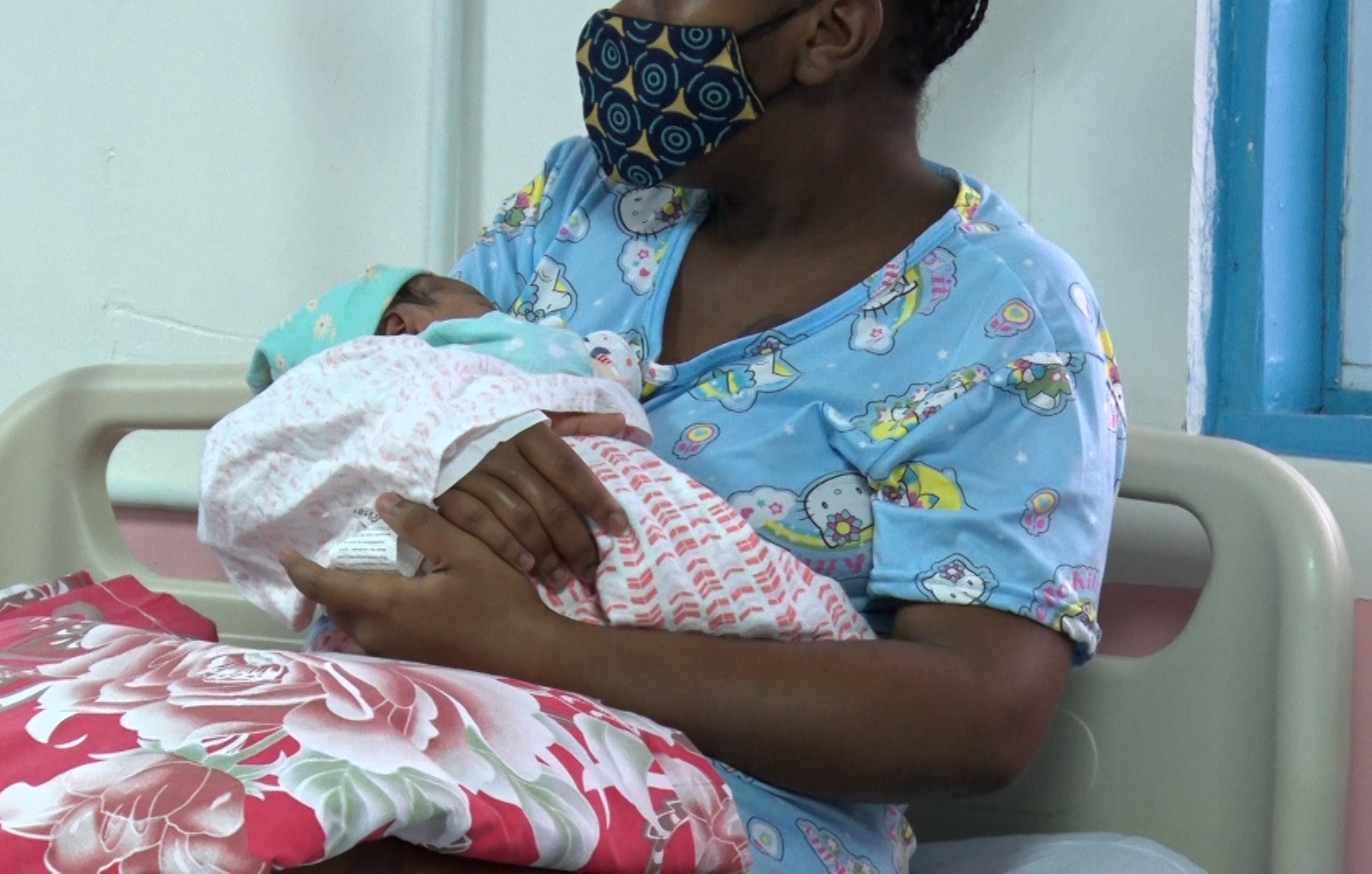A total of 5,942 babies were born at the Georgetown Public Hospital in 2020, a slight decrease from the number of babies born in 2019.
This was highlighted by the hospital’s Director of Medical and Professional Services Dr. Fawcett Jeffrey. According to him, there were some 6,277 deliveries in 2020.
Further, in total, there were a total of 7,491 women admitted to the hospital’s maternity section in 2019 and 6,154 admitted in 2020.
With these large numbers of admissions and subsequent deliveries, Dr. Jeffrey emphasised that there is a greater need for expanded facilities. And it was only on Wednesday that the expanded prenatal and postnatal wards of the hospital’s maternity section were commissioned.

While speaking at the commissioning of the hospital’s expansion on Wednesday, the Minister of Health Dr. Frank Anthony acknowledged that the hospital faces some constraints in delivering maternity care.
He explained that nearly half of all of the births in Guyana occur at the Georgetown Public Hospital. Importantly, too, nearly all of the high-risk pregnancies – such as those wherein the women and/or unborn babies may have medical complications – are treated at this hospital.
Based on the statistics provided, Guyana records some 14,000 to 15,000 births annually. About 40 per cent of those births occur at the Georgetown Hospital.
Because of the strain on health services, Dr. Anthony said that maternity services at the regional hospitals need to be expanded too. This would include a similar expansion of facilities and increasing the number of trained personnel at those facilities.
In doing so, he reasoned that fewer women would seek maternity services at the Georgetown Public Hospital.
The Health Minister also highlighted that the ministry is seeking to expand other maternity facilities, such as waiting homes in the hinterland regions, over the next few months.
These waiting homes provide a space for women to stay before they are ready to give birth. And so, when they start experiencing their birth contractions, they would receive treatment readily instead of having to travel far distances.













